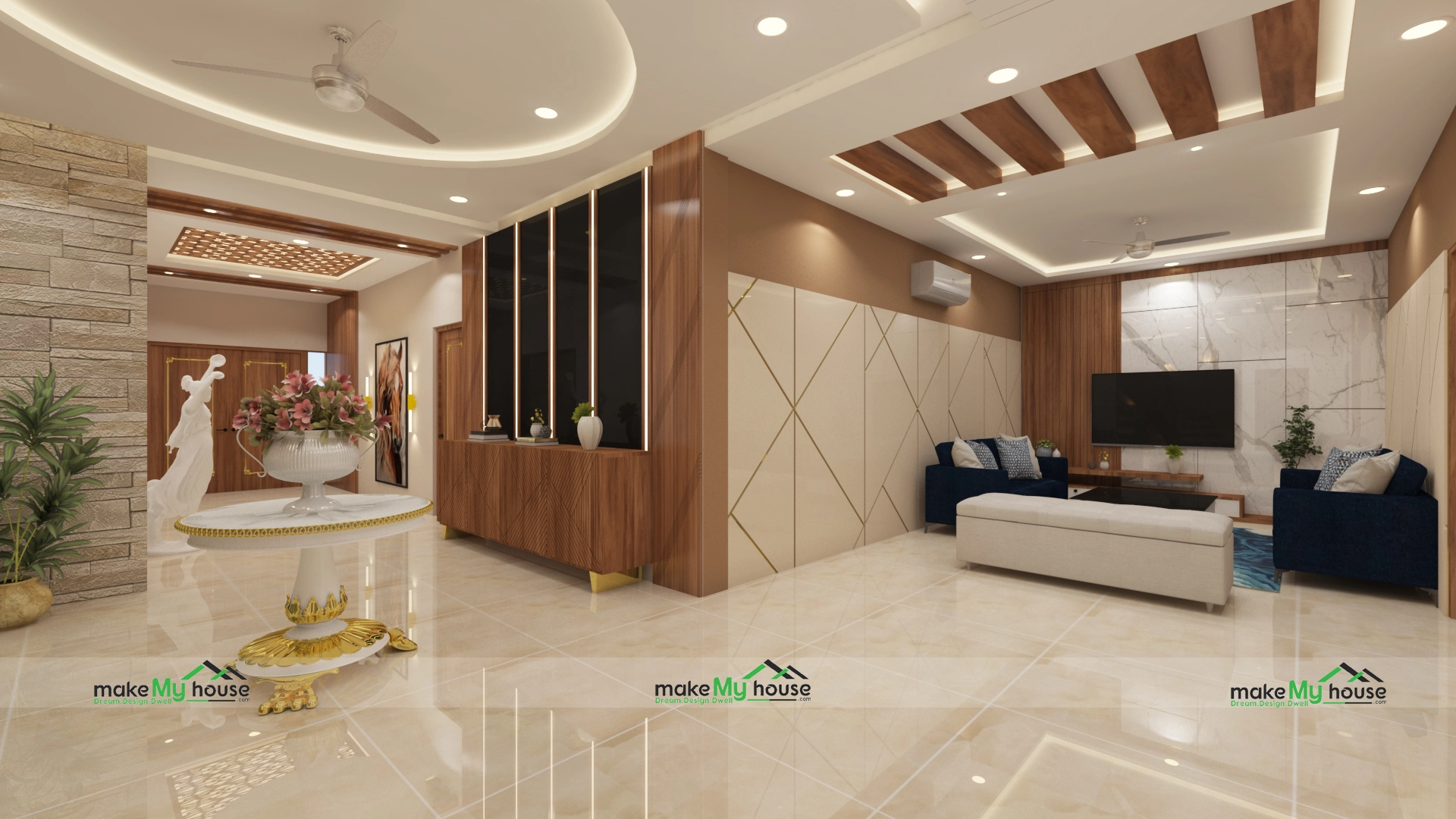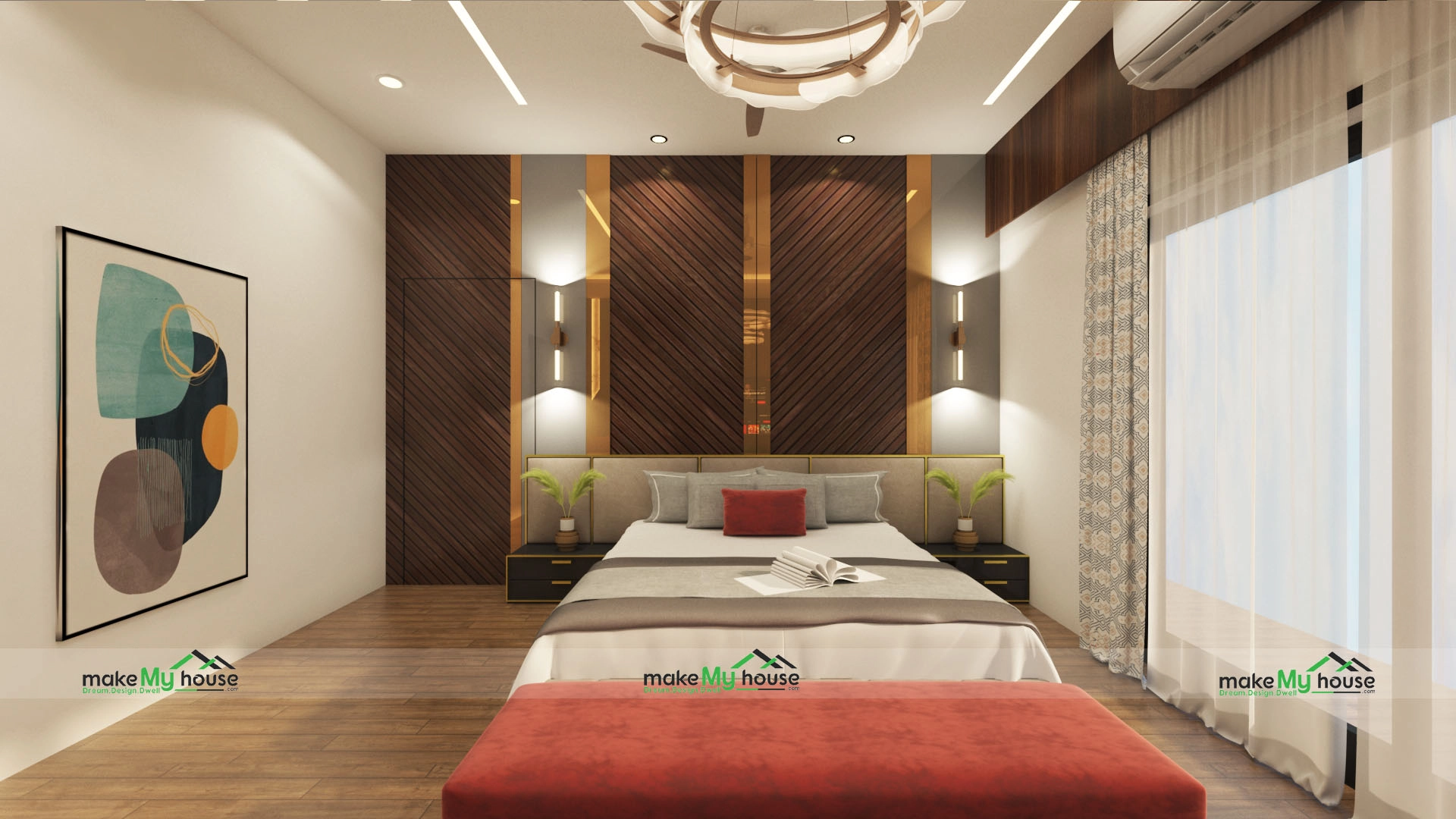Selecting the right flooring for your home is more than choosing something that matches your interiors and looks attractive. Your budget, comfort, the quality required, floor specifications, and even the presence of a pet can influence the decision to choose a canvas for your floor. No wonder, floors can elevate the look and feel of your house exceptionally. They have a huge impact on the aesthetics and functionality of your place, and a major role to play in the house designing process.
Finding the right flooring for your house can be a tedious task. With so many options available, it can be overwhelming to know which type of flooring is best suited for your needs. Whether you’re renovating your existing home or building a new one, the right flooring can make all the difference in the look and feel of your space.
How to Choose the right flooring for your house?
Consider Your Lifestyle
The first thing you need to consider when choosing the right flooring for your home is your lifestyle. If you have children or pets, you need to choose a flooring option that is durable and can withstand heavy foot traffic. If you have allergies or asthma, you may want to avoid carpeting, as it can trap dust and other allergens.
Think About the Room
Different rooms have different flooring needs. For example, you may want to choose a soft and cozy carpet for your bedroom, while a hardwood or tile floor may be more appropriate for your kitchen or bathroom. Think about the functionality of the room and choose a flooring option that complements its purpose.
Consider Your Budget
Flooring can be a significant investment, so it’s essential to consider your budget when choosing the right flooring for your home. Some options, such as hardwood or tile, can be more expensive, while others, such as vinyl or laminate, are more budget-friendly.
Think About Maintenance
Another factor to consider when choosing the right flooring for your home is maintenance. Some flooring options require more maintenance than others, so it’s essential to choose a flooring option that fits your lifestyle and budget. For example, hardwood floors require regular cleaning and refinishing, while carpeting requires regular vacuuming and occasional steam cleaning.
Consider Style and Design
Finally, consider the style and design of your home when choosing the right flooring. You want your flooring to complement the overall aesthetic of your home and create a cohesive look. Whether you prefer traditional, modern, or eclectic design, there are flooring options available to suit your needs.
Types of Floorings
To complement your distinct needs and lifestyles, there are many types of flooring options available to choose from. Make My House guides you to select the best option suited for your house along with providing all other services related to house designing. Let us go through some types of flooring options.
Hardwood Flooring
Hardwood flooring is a type of flooring that is made from hardwood timber. It is a classic and timeless choice that adds warmth and elegance to any home. There are two types of hardwood flooring: solid hardwood flooring and engineered hardwood flooring.
Solid hardwood flooring is made from a single piece of hardwood timber, while engineered hardwood flooring is made from several layers of wood, with the top layer being a hardwood veneer.
With a wide range of wood species, colors, and finishes to choose from, hardwood flooring is versatile and can suit any house design. It is also durable and can last for decades with proper maintenance, making it an ideal choice for busy households. It is also available in different widths and thicknesses, allowing you to choose the right type of flooring for your specific needs.
One of the major advantages of hardwood flooring is that it is a natural product, which means it is environmentally friendly. It is also a healthy choice for homeowners because it does not trap allergens and dust as carpeting does.
Tile Flooring
Tile flooring is a popular type of flooring made from a variety of materials, including ceramic, porcelain, natural stone, and even glass. It is a durable and long-lasting option for home flooring and is available in a wide range of styles, colors, and patterns to suit any design aesthetic.
Tile flooring is a popular choice for kitchens and bathrooms because it is waterproof and easy to clean. With a wide range of colors, patterns, and sizes to choose from, tile flooring can add a unique and stylish touch to any room.
Natural stone tiles, such as marble, granite, and slate, are another popular choice for tile flooring. It offers a unique and natural look that is not found in other types of flooring. Each piece of stone tile is unique, so no two floors will be exactly the same.
One of the major advantages of tile flooring is its versatility. It can be used in any room of the house, including kitchens, bathrooms, and entryways. It is also a great choice for outdoor spaces such as patios and decks. Another advantage of tile flooring is its durability.
It can withstand heavy footfalls, spills, and other wear and tear without getting damaged. In the event that a tile becomes damaged, it is easy to replace individual tiles without having to replace the entire floor.

Laminate Flooring
Laminate flooring is a type of synthetic flooring made from a multi-layered material that is fused together through a lamination process. It is a popular flooring choice due to its durability, affordability, and ease of installation. It can be installed over most existing flooring, including concrete, wood, and tile.
Laminate flooring is an affordable and durable option that mimics the look of hardwood, tile, or stone. Its installation is also quite easy, making it suitable for homeowners who want to do the process on their own. With a variety of colors and finishes available, laminate flooring can suit any design style and budget.
Another advantage of laminate flooring is its durability. It is resistant to scratches, stains, and fading, making it a great choice for high-traffic areas of the home. It is also easy to clean and maintain, requiring only regular sweeping or vacuuming and occasional mopping.
One potential drawback of laminate flooring is that it cannot be sanded or refinished like hardwood flooring. If a plank becomes damaged, it will need to be replaced. Additionally, because it is a synthetic material, it may not add as much value to a home as natural materials like hardwood or tile.
Vinyl Flooring
Vinyl flooring is a popular type of synthetic flooring made from PVC (polyvinyl chloride). Vinyl flooring is another waterproof and low-maintenance option that is perfect for high-traffic areas. With advances in technology, vinyl flooring now comes in a variety of styles, including wood, tile, and stone looks. It is also a budget-friendly option that can suit any design style.
Vinyl flooring is well known for its affordability. It is often less expensive than hardwood, tile, or stone flooring, making it an ideal choice for designers on a budget. The two main types of vinyl flooring are sheet vinyl and luxury vinyl tile (LVT).
Sheet vinyl is a single, large sheet of vinyl that is cut to fit the dimensions of a room. LVT, on the other hand, is made up of individual tiles or planks that are designed to mimic the look of natural materials like hardwood, stone, or tile.
Vinyl flooring is also very easy to install. Sheet vinyl can be rolled out and cut to fit the dimensions of a room, while LVT can be installed using an adhesive or a click-lock system. This makes it a great choice for homeowners who want to tackle a flooring project on their own.

Carpet Flooring
Carpet flooring is a popular type of soft flooring made from fibers that are woven or tufted together to create a thick, cushioned surface. Carpet flooring is a cozy and affordable option that can add warmth and comfort to any room. With a wide range of colors, patterns, and textures available, carpet flooring can suit any design style. It is also a great option for insulation and noise reduction.
Carpet flooring is mainly chosen for its comfort. It provides a soft and cushioned surface that is gentle on the feet and can help to absorb noise in a room. Additionally, it can help to insulate a room, keeping it warmer in the winter and cooler in the summer.
Carpet flooring is also very versatile. It is available in a wide range of styles and designs, from classic, neutral colors to bold, vibrant patterns. One potential drawback of carpet flooring is that it can be prone to stains and odors, especially if it is not correctly cleaned and maintained. Additionally, it can harbor allergens like dust and pet dander, making it a potential issue for those with allergies or respiratory issues.
There are many types of flooring available for house design, each with its unique features and benefits. From the classic look of hardwood to the affordability of laminate, there is a flooring option available to suit every design style and budget. Whether you prefer the durability of tile or the cozy comfort of carpet, the right flooring can enhance the look and feel of your home for years to come.
Frequently Asked Questions about Choosing the right flooring
Q: What factors should I consider when choosing a type of flooring?
When choosing a type of flooring, you should consider factors like durability, maintenance requirements, budget, style and design preferences, and the intended use of the space.
Q: What are the most durable types of flooring?
The most durable types of flooring are typically those made from natural materials like hardwood or stone, as well as some synthetic materials like laminate or vinyl.
Q: What types of flooring are best for high-traffic areas?
Flooring that is durable and easy to clean is best for high-traffic areas. Some examples of good flooring choices for high-traffic areas include hardwood, laminate, tile, and vinyl.
Q: Should I hire a professional to install my flooring?
Hiring a professional to install your flooring can ensure that it is installed properly and help avoid issues down the road. However, if you are comfortable with DIY projects, some types of flooring are relatively easy to install on your own.
Q: How do I know if a type of flooring is within my budget?
It’s essential to do your research and get quotes from multiple flooring suppliers and installers to get an accurate idea of the cost of a particular type of flooring. Additionally, be sure to factor in the cost of any necessary underlayment or installation materials.












One thought on “All About Choosing the Best Flooring for Your Home ”